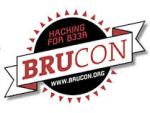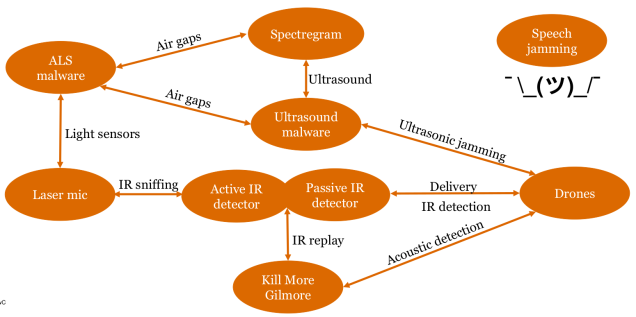Note: This notes were strongly inspired by the following books: CSSLP Certification All in one and Official (ISC)2 Guide to the CSSLP CBK, Second Edition
Installation and deployment
 Installation and deployment activities are implemented following a plan which can be used to document best practices. The software needs to be configured so that the security principles are not violated or ignored during the installation.
Installation and deployment activities are implemented following a plan which can be used to document best practices. The software needs to be configured so that the security principles are not violated or ignored during the installation.
Some steps necessary in pre-installation or post-installation phases:
- Hardening – Harden the host operating system by using the Minimum Security Baseline (MSB), updates and patches; also harden the applications and software that runs on top of the operating system.
- Environment Configuration – pre-installation checklists are useful to ensure that the needed configuration parameters are properly configured.
- Release Management – Release management is the process of ensuring that all the changes that are made to the computing environment are planned, documented, tested and deployed with least privilege without negatively impacting any existing business operations or customers.
- Bootstrapping and secure startup – Bootstrapping (or booting) involves any one shot process that ensures the correctness of the initial configuration; this includes the the proper defaults and execution parameters. Secure startup refers to the entire collection of processes from the turning on of the power until the operating system is in complete control of the system.The use of TPM (Trusted Platform Module) chip enables significant hardening of startup parameters from tampering.
Operations and Maintenance
The purpose of the software operations process is to operate the software product in its intended environment; this implies a focus on the assurance of product effectiveness and product support for the user community.
The purpose of the software maintenance process is to provide cost-effective modifications and operational support for each of the software artifacts in the organizational portfolio.
Activities that are useful to ensure that the deployed software stays secure:
- Monitoring – As part of the security management activities, continuous monitoring is critically important. The task is accomplished by: scanning, logging, intrusion detection.
- Incident Management – The incident response management process applies whether the organization is reacting to a foreseen event or is responding to an incident that was not anticipated. The key to ensuring effective response is a well defined and efficient incident reporting and and handling process.
- Problem Management – Problem management is focus on improving the service and business operations. The goal of problem management is to determine and eliminate the root cause of an operational problem and in doing so it improves the service that IT provides to the business.
- Change Management – Change Management includes also Patch and Vulnerability Management. The main goal of the change management is to protect the enterprise from the risk associated with changing of functioning systems.
- Backup, Recovery and Archiving – In addition to regularly scheduled backups, when patches and software updates are made, it is advisable to perform full backup of the system that is being changed.
Secure Software Disposal
The purpose of the secure software disposal process is to safely terminate the existence of a system or a software entity. Like all formal IT processes, disposal is conducted according to a plan, that defines schedules, actions and resources.
Supplier Risk Assessment
The overall purpose of the supplier risk assessment is to identify and maintain an appropriate set of risk controls within the supply chain.
Categories of concerns for an external supplier:
- installation of malicious logic in hardware or software.
- installation of counterfeit hardware or software.
- failure or disruption in the production of distribution of a critical product or service.
- installation of unintentional vulnerabilities in software or hardware.
All the software items moving within a supply chain have to comply with existing laws and regulations.





You must be logged in to post a comment.